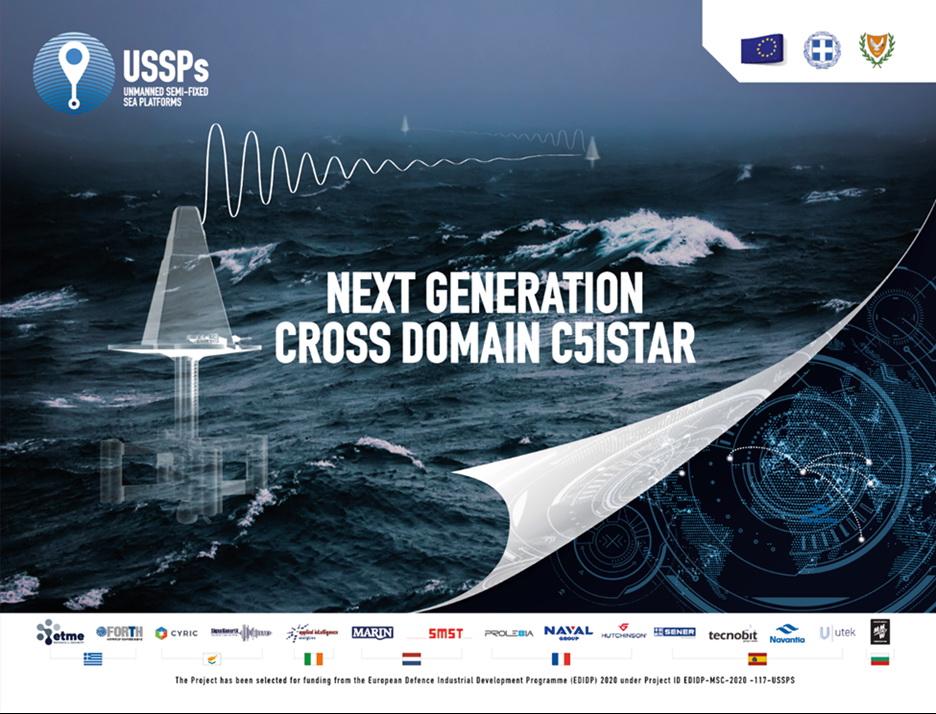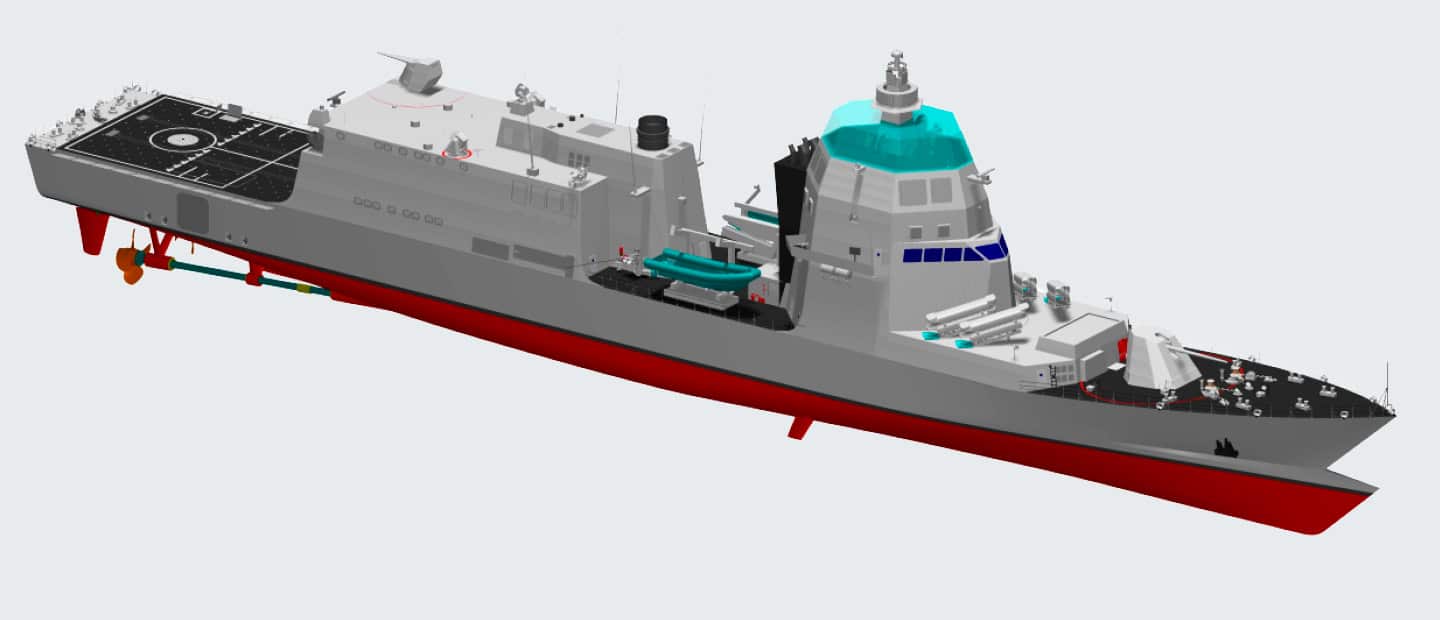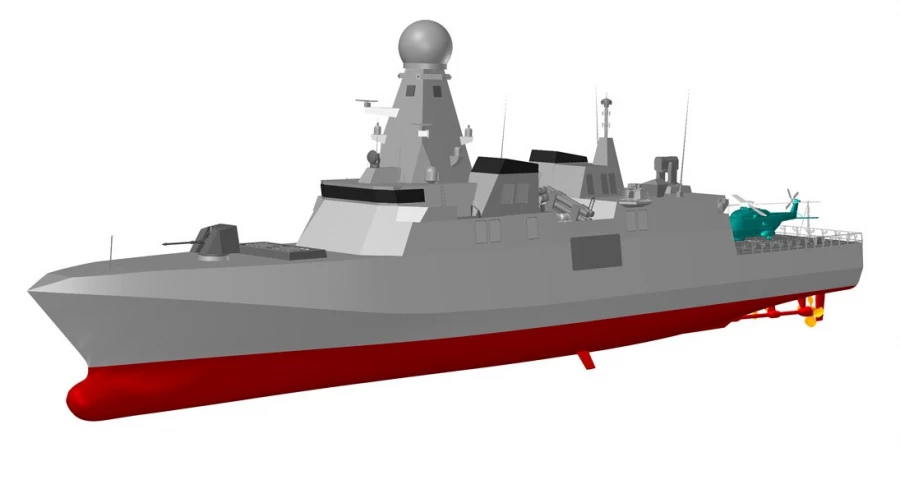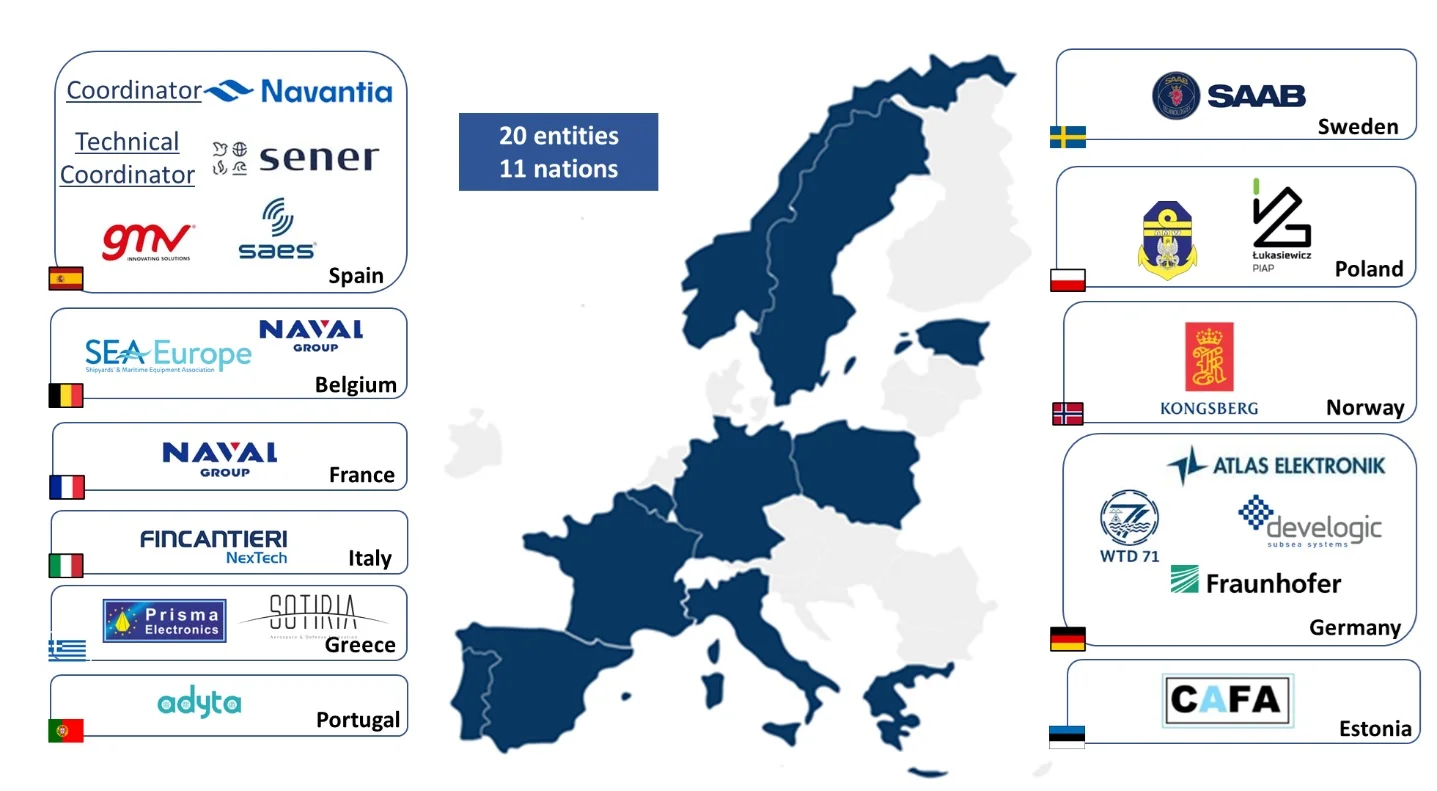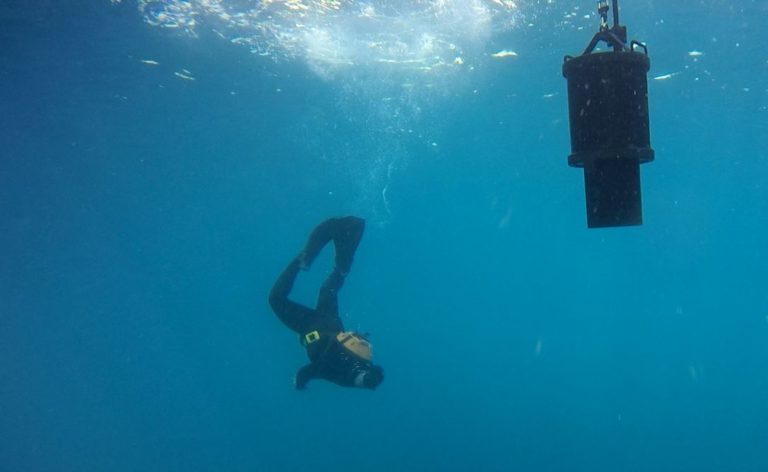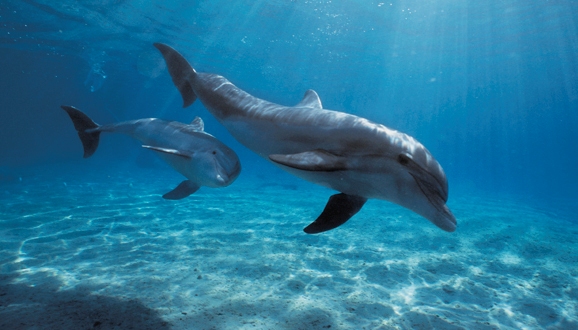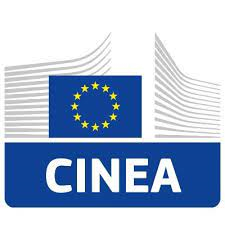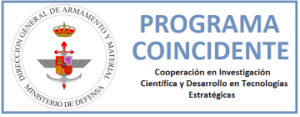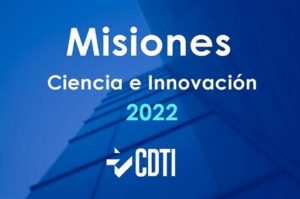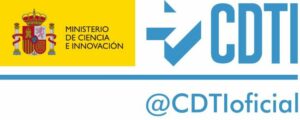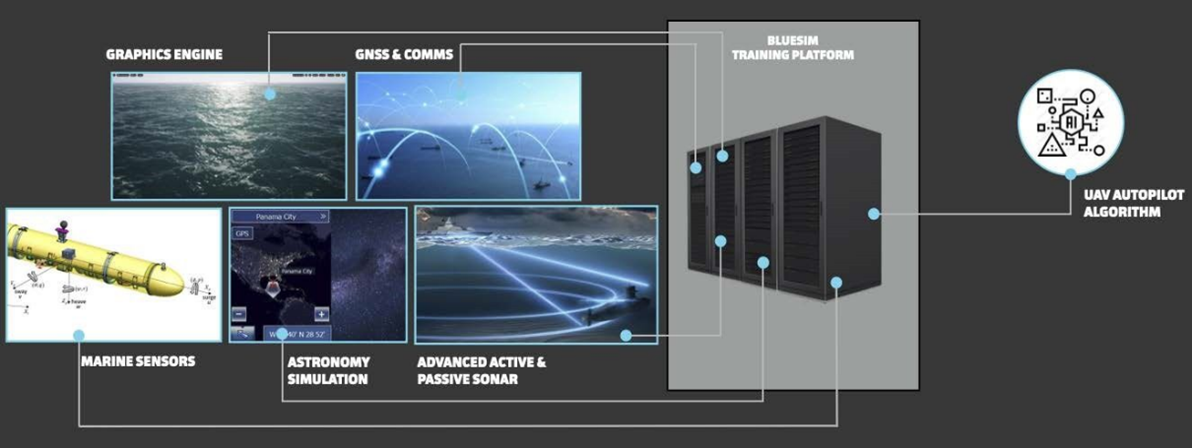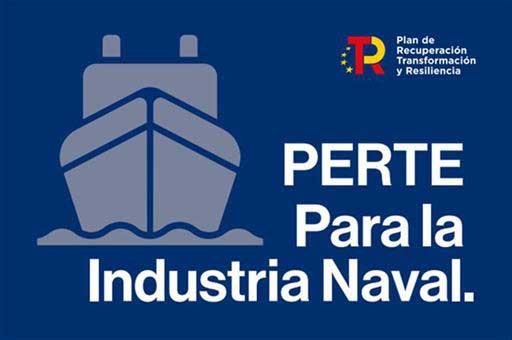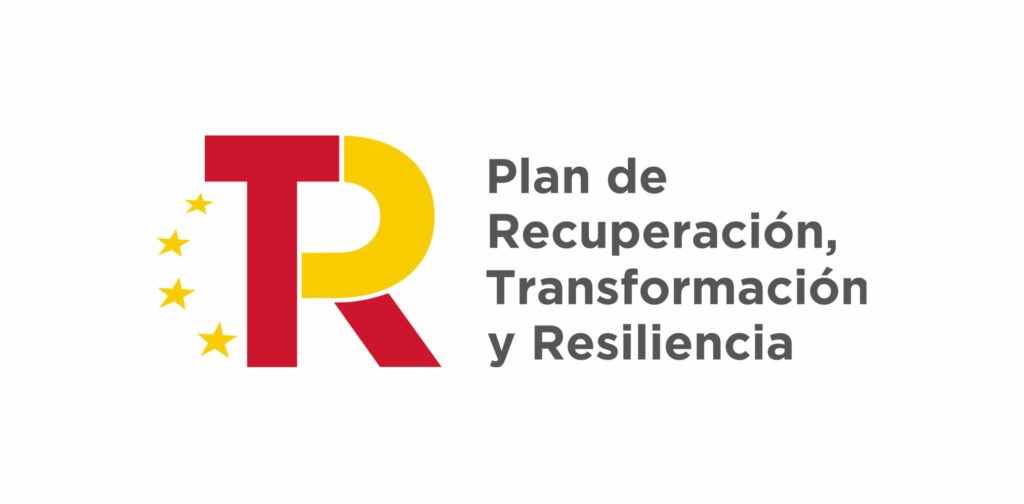Intelligence at the service of social and ecological responsibility.
We are already an intelligent, automated and specialized industry. Now, we are also more socially and ecologically responsible.
This evolution is our biggest challenge to date with the involvement of all departments in a common project. An approach that moves away from the purely technological and automated vision of Industry 4.0, emphasizing collaboration between people, creativity and innovation, as well as commitment to the environment and society, making Saes a more sustainable, resilient and inclusive industry.
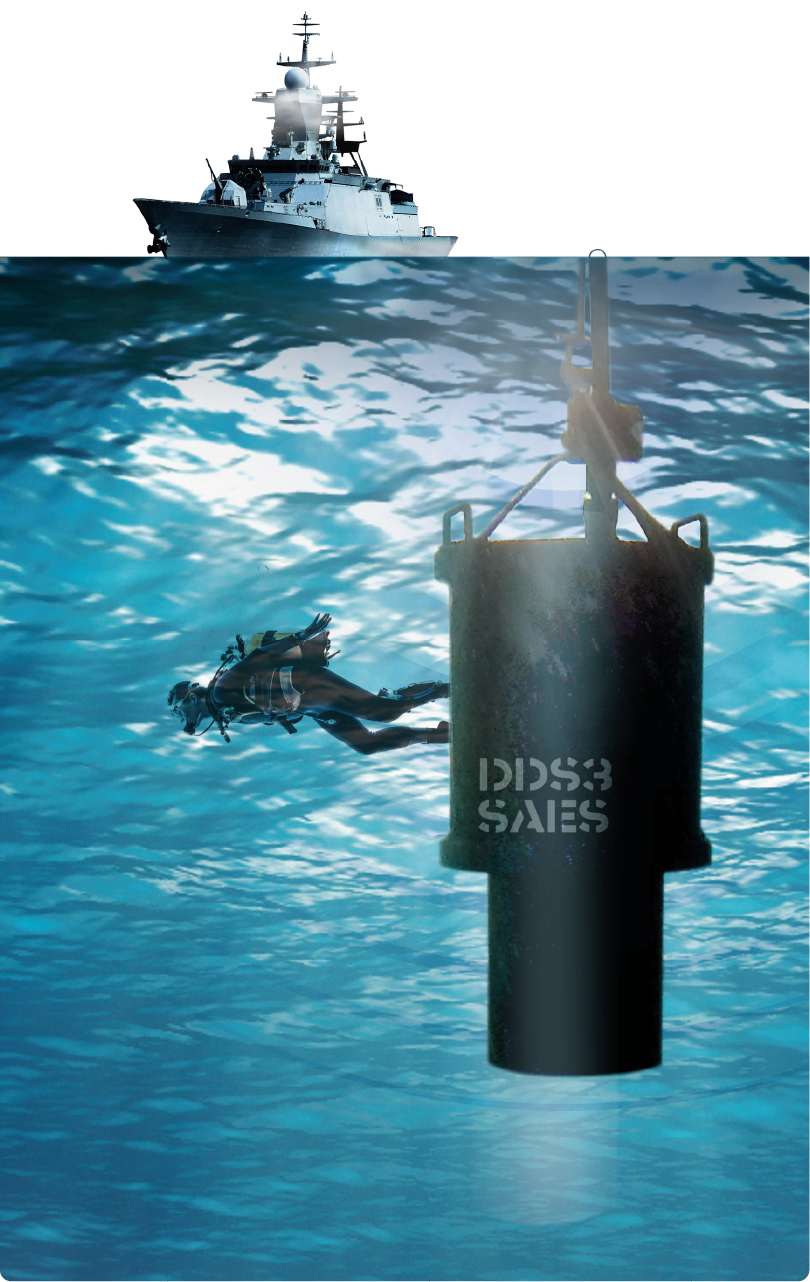
Dual technology applied to underwater safety
Ours is a knowledge capable of expanding our scope of work in a dual way. Of broadening our view to a new global reality where the defense mission opens up to new fronts and new technological solutions that the new 'blue economy' and society demand.\n\n
\nWe innovate with a dual purpose: defense of critical points and infrastructures and protection of seas and oceans.\n
SONAR and submarine defense
SONAR data processing and fusion is used to detect, classify and track objects at sea, estimate their position, characterize the seabed and analyze environmental noise, using cutting-edge technology such as digital signal processing, machine learning and 3D visualization.

Sonar performance prediction is used to optimize design, evaluate performance, and plan sonar missions. Computer simulations are used to model sound propagation in water and predict target detection and classification.

SPAS is an ASW-based sonobuoy acoustic processor designed to detect, classify and locate hostile submarines. With its advanced signal processing, intuitive interface and compatibility with the most advanced sonobuoys, SPAS improves submarine detection, increases classification accuracy and reduces operating costs.

The Mission Support System is a comprehensive platform that facilitates the planning, execution and evaluation of maritime operations. It improves efficiency, increases situational awareness, facilitates collaboration and minimizes errors, being a valuable tool for navies, defense, oil companies and researchers.

The ONMS is a state-of-the-art system that monitors and manages ship-based noise. Essential for improving the stealth of submarines and minesweepers, it identifies and locates noise sources, provides abatement strategies and estimates the ship’s acoustic signature, contributing to safer and more discreet operations.

The DDS is a high-frequency active sonar designed to protect ports, anchored vessels and maritime infrastructure from underwater threats. It offers location, target classification and automatic tracking.

TAS is an advanced digital towed sonar for underwater surveillance, detection and classification, notable for its long-range detection. TAHS is the DTAS launch and retrieval system facilitating its automatic deployment.

Multinfluence Measures
SAES multi-influence signature management reduces the detectability of ships and submarines. It minimizes the acoustic signature, optimizes the magnetic signature, reduces the electrical signature, and manages the infrared signature. It offers increased survivability, lower costs, and greater tactical flexibility.

SAES multi-influence signature emulation simulates the magnetic, electrical, acoustic, seismic and pressure signature of ships and submarines for a variety of purposes: detection system development and testing, sonar operator training, ASW studies and acoustic behavior research. It offers realism, flexibility, scalability and cost-effectiveness.

It is a system that measures and analyses the acoustic signature of submerged submarines. It can measure at different depths and environmental conditions, and its main objective is to maximise the acoustic discretion of the submarine, which is crucial for its survival in operations.

MIRS is a system that simultaneously measures magnetic, electrical, acoustic, seismic and pressure influences on ships and submarines. This information is crucial for assessing their detectability, classifying them and estimating their performance. This technology can also be used to protect critical infrastructure underwater.

Naval Mines
SAES Special Operations Limpet Mines are compact underwater munitions designed for combat divers. Easy to transport and with a powerful explosive charge, these mines attach to underwater structures and are remotely detonated, providing an effective tool for neutralizing threats.

SAES combat mines are underwater weapons that use advanced sensors to detect and damage intruding ships and submarines, protecting strategic areas. They are hidden on the seabed and are activated when a ship identified as an intruder passes over them. They have target discrimination capabilities.

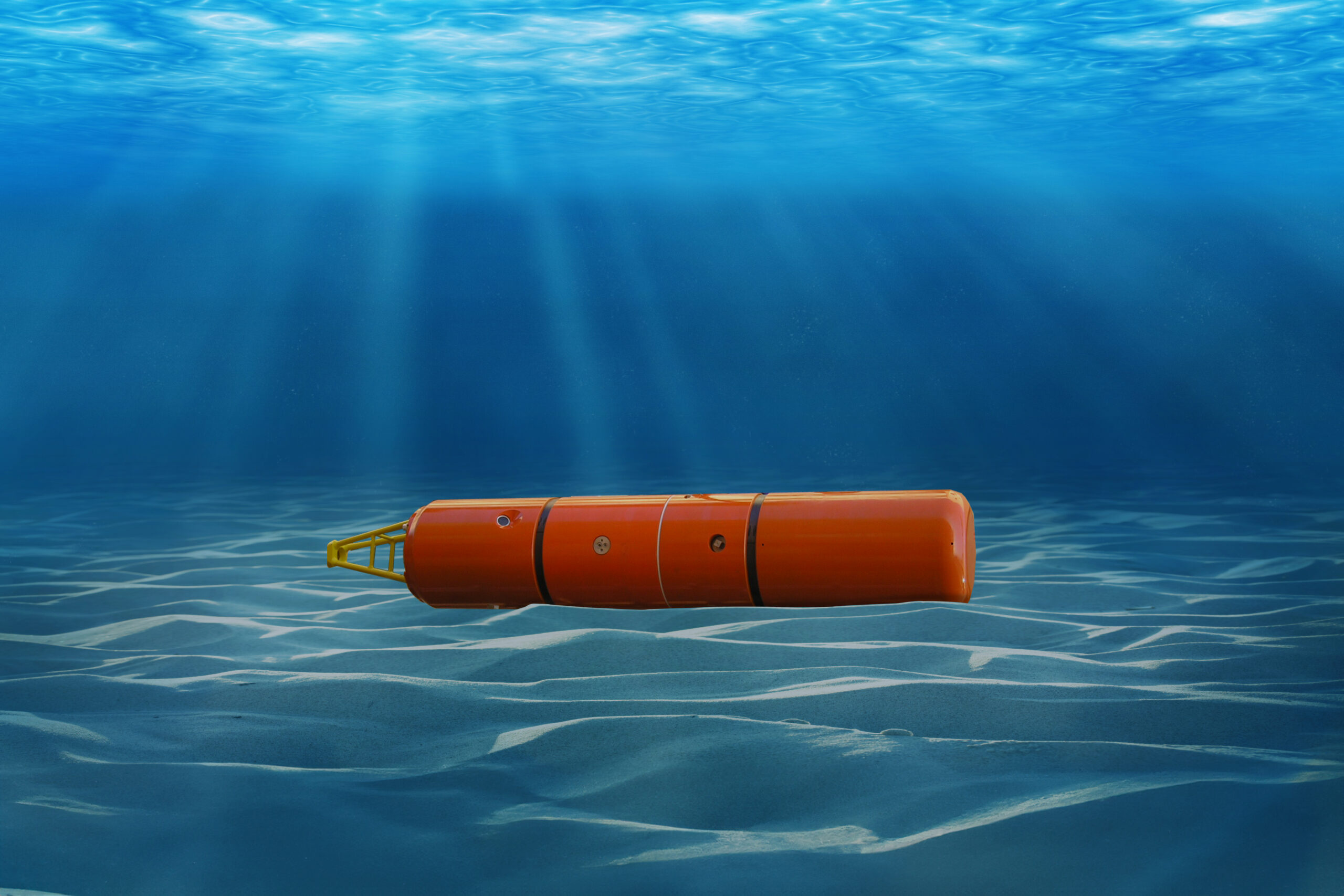
Infrastructure and Marine Biodiversity Protection
It is a comprehensive system that provides a complete solution for the underwater protection of critical infrastructure. It integrates cutting-edge technologies to detect, classify and neutralize threats, offering a wide range of solutions to improve security, reduce costs and optimize decision-making.
SAES smart buoys are innovative tools that collect valuable data about the marine environment using integrated sensors. They transmit information in real time and are powered by solar energy. Their applications range from environmental monitoring to maritime safety, oceanographic research and water resource management. They improve decision making, reduce costs and protect the environment.
How we do it
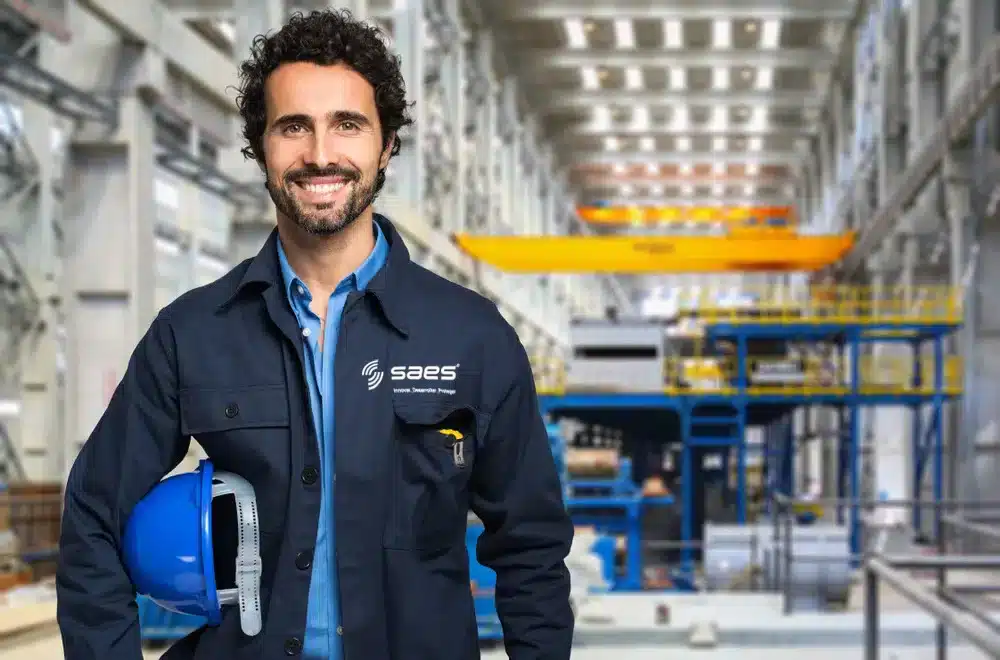
Committed to quality
We have a Quality Management System based on the requirements of the ISO 9001:2015 standard and other standards applicable in specific areas of the organization such as EN-9100:2018 and AQAP/PECAL 2110 Edition 4.
Quality certifications
- ISO 9001:2015
- EN-9100:2018
- AQAP/PECAL 2110 Edition 4
Critical point defense
We are committed to training and dissemination in the field of underwater acoustics, sonar processing, propagation and operation of our systems.
We accompany you at all times
We offer continuous maintenance service, periodic technology refreshment and customer service throughout the product life cycle.
Personalized service
We adapt our proposals to the needs of each client to guarantee their total satisfaction.
Vision for the future
We continuously transform and adapt our products and services with the most innovative technologies.


